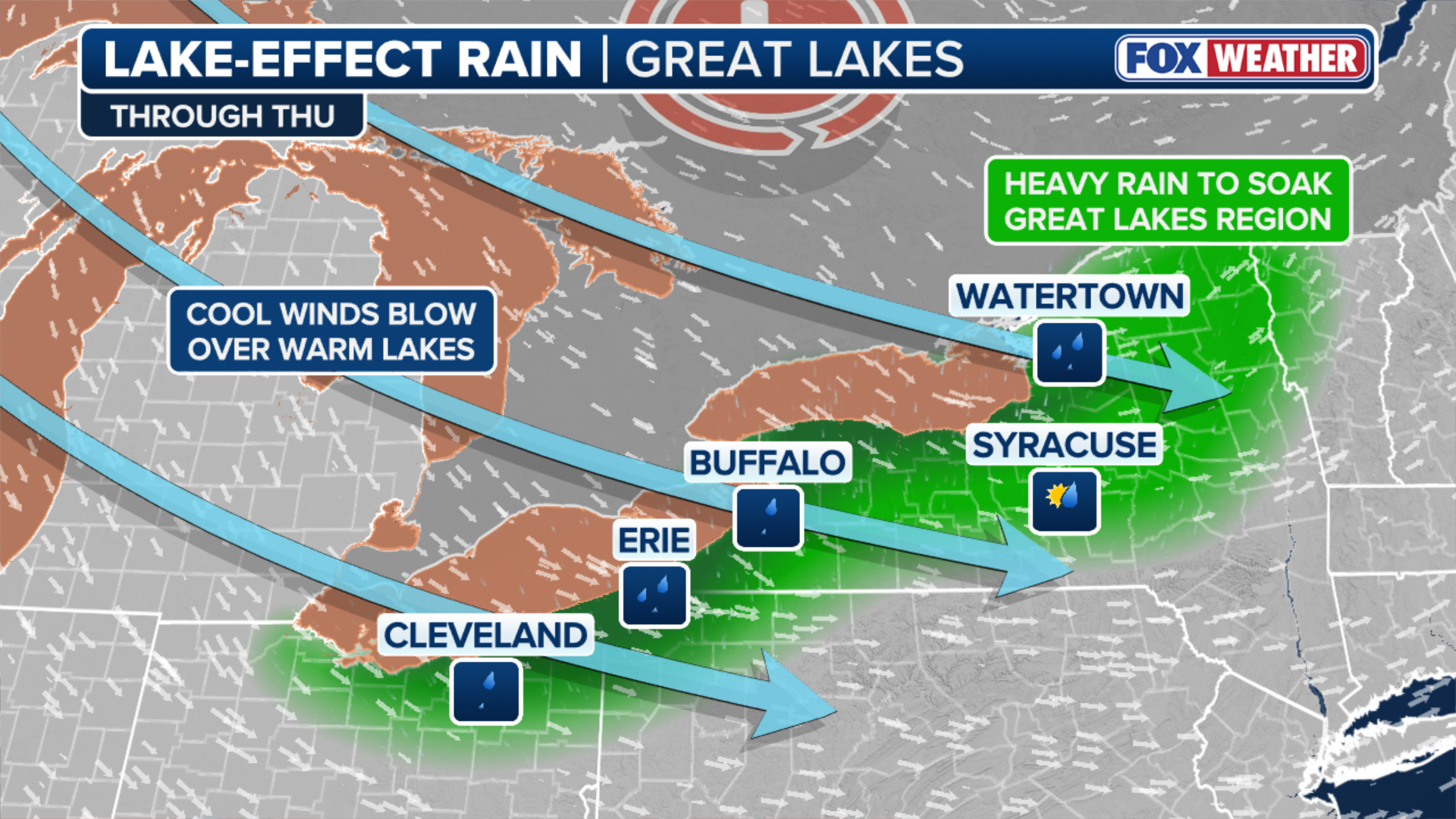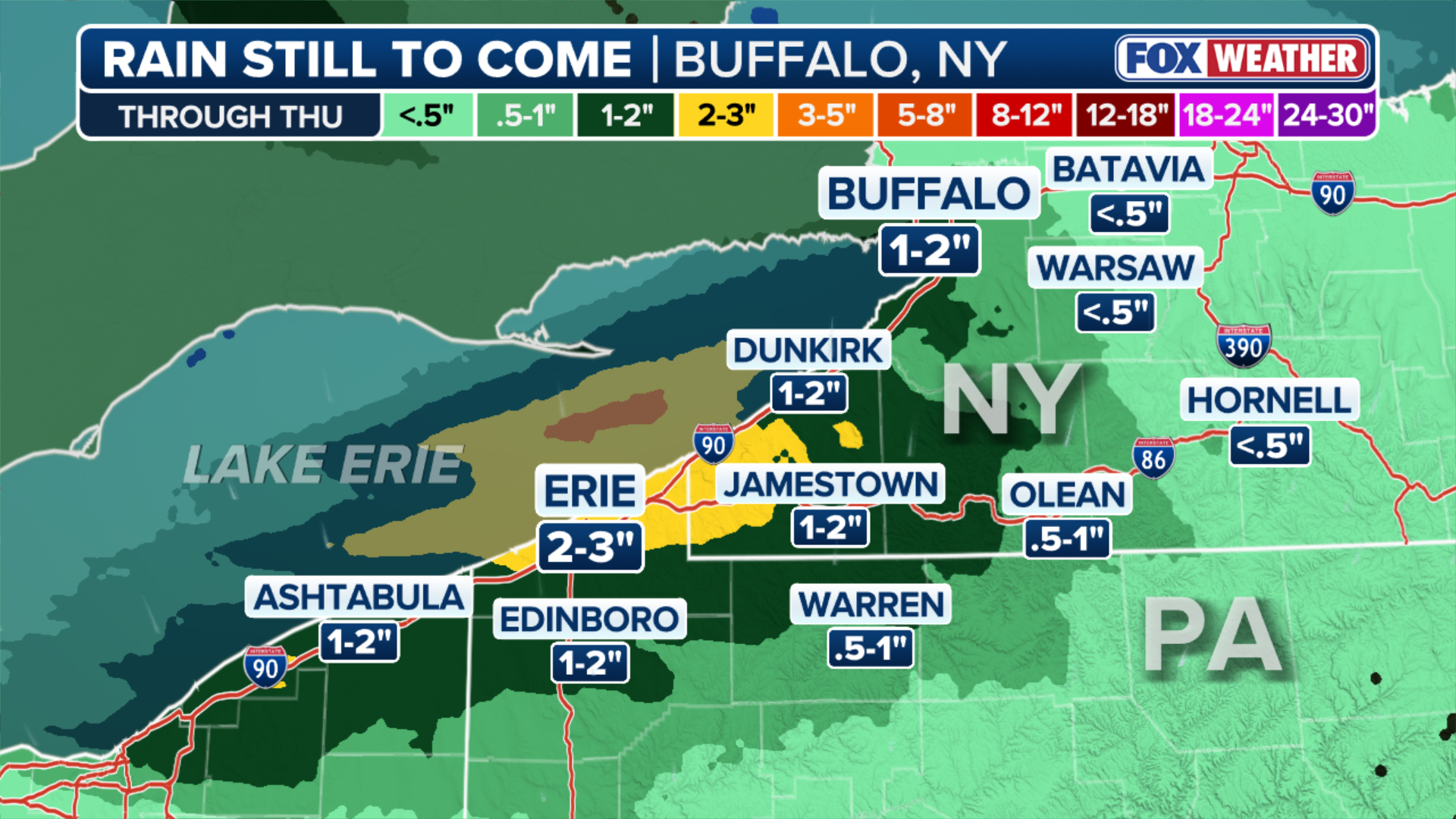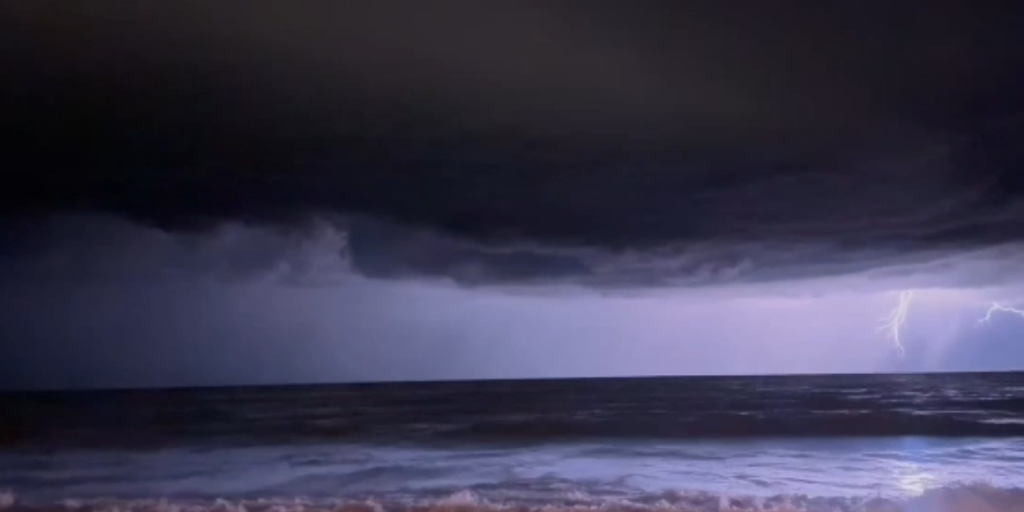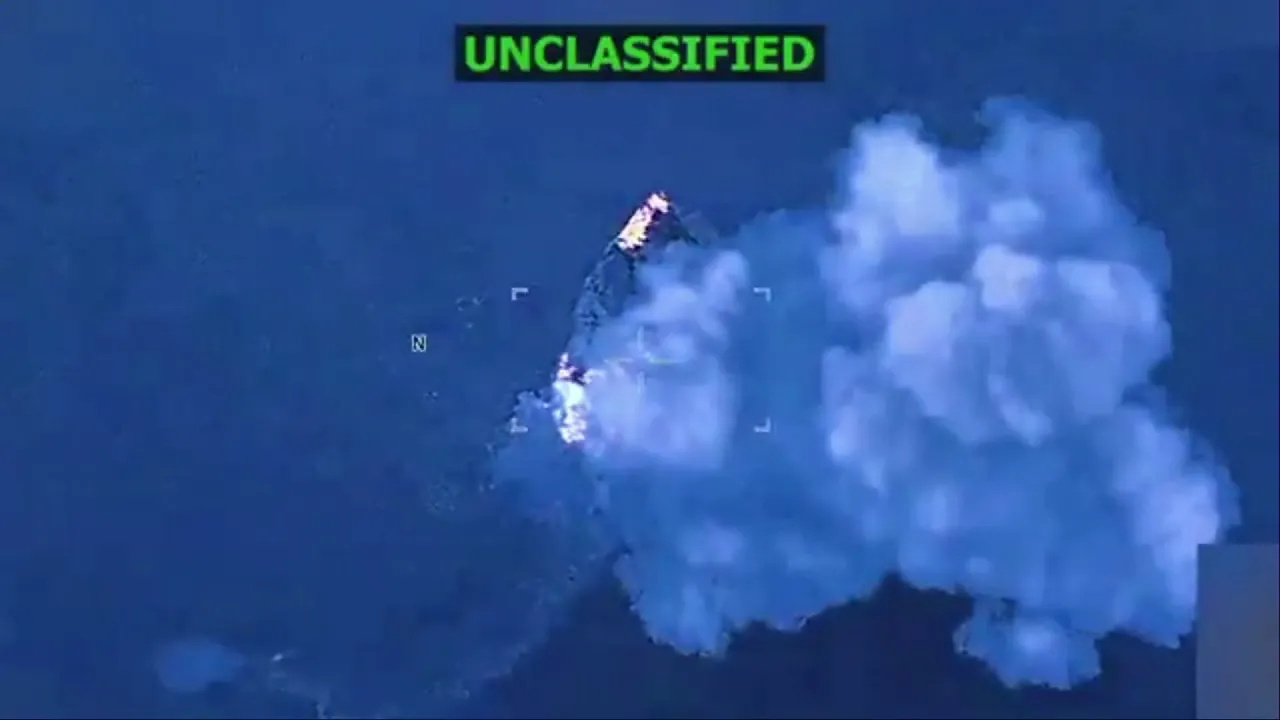Long-duration lake-effect rain event unfolds across Great Lakes
A low-pressure system over the Great Lakes region will trigger the development of lake-effect rain bands on the eastern sides of lakes Michigan, Erie and Ontario and the southern side of Lake Superior. A widespread 1-2 inches of rain, with locally up to 3 inches, is expected along the Interstate 90 corridor between Buffalo and Cleveland through the end of the week.
BUFFALO, N.Y. – A low-pressure system over the Great Lakes region will trigger the development of lake-effect rain bands on the eastern sides of lakes Michigan, Erie and Ontario and the southern side of Lake Superior.
The National Weather Service offices in Buffalo, New York, and Cleveland are describing the setup as a “long-duration” and “prolonged” lake-effect rain event, respectively. A widespread 1-2 inches of rain, with locally up to 3 inches, is expected along the Interstate 90 corridor between Buffalo and Cleveland through the end of the week.
Social media video showed dozens of lightning strikes over Lake Erie, from the Buffalo waterfront, as the lake-effect rain bands moved into the region.
Lake-effect rain refers to a phenomenon that generally occurs during the fall where cold air moves over the warmer Great Lakes, creating instability in the atmosphere, causing rain and potentially severe storms to develop. That precipitation is currently being driven to the east by westerly winds.
Water temperatures are more than 4 degrees above average across all the Great Lakes.

(FOX Weather)
Meanwhile, temperatures will be in the 40s and 50s across the Upper Midwest and interior Northeast, which is about 5-10 degrees below average for this time of year.
According to the FOX Forecast Center, overnight low temperatures will be in the 30s and 40s, cold enough for some very light snow near the Upper Peninsula of Michigan from Wednesday night into Thursday.

(FOX Weather)
In addition to the rain, the lake-effect event will bring widespread wind gusts of 30-40 mph across much of the region through Thursday, making the cool temperatures feel even colder.
While the deluge may hamper travel, the rain will be beneficial for parts of Michigan and western New York that are in moderate to severe drought, according to the U.S. Drought Monitor.
Source link
editor's pick
latest video
Sports News To You
Subscribe to receive daily sports scores, hot takes, and breaking news!






